
Commentary By Martin Armitage-Smith and Roger Green
Cold fusion reactor verified by third-party researchers to have 1 million times the energy density of gasoline!
What has happened?
On 8 October 2014 a team of reputable, well-qualified European academics released a long-awaited report of their testing of an E-Cat device. The team of investigators, from Italy and Sweden, was the same one that conducted the 2013 test on the Hot Cat. This time the researchers had observed an E-cat operating constantly over a 32 day period at temperatures in excess of 1400 degree C, where it produced net energy of 1.5 megawatt. Testing was performed in Barbengo (Lugano), Switzerland, in a laboratory placed at the testers' disposal by Officine Ghidoni SA. The COP (Coefficient of Performance - a conventional measure of heating produced over electricity consumed) was found to be between 3.2 and 3.6. In additional to this remarkable anomalous heat generation there were two significant further findings: evidence of isotopic 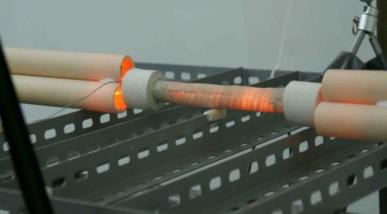 shifts in the Lithium and Nickel in the reactor (suggesting a nuclear reaction) but no sign at all of radiation which would be expected to accompany nuclear fusion.
shifts in the Lithium and Nickel in the reactor (suggesting a nuclear reaction) but no sign at all of radiation which would be expected to accompany nuclear fusion.
The E-Cat tested by the researchers has an energy density of 1.6_109 Wh/kg and power density of 2.1_106 W/kg (despite having only 1 gram of fuel). This is apparently 100 times more powerful than the best supercapacitors, and therefore the most powerful heat generator ever tested. The researchers did not suggest a hypothesis for the performance of the E-cat but in their report simply said: 'These values place the E-Cat beyond any other known conventional source of energy.'
The report can be read in full...Download Lugano Report pdf (3.45 MB)
Implications

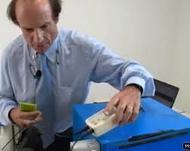 In the 9 days since publication the report has been downloaded from www.sifferkoll.se over 85,000 times by people from over 20 countries (with USA, Canada and Russia most prominent). This means that the E-cat story has effectively gone global. Tom Darden CEO of Industrial Heat, the US Private Equity firm that bought the IP from developer Andrea Rossi, has described the report as 'promising'. We had no idea that this new E-cat could operate with stability at such high temperatures (effectively 800 Degrees hotter than in the first 3rd party test) and reportedly has the capability to operate at even higher temperatures. The reactor apparently went from 1260 C to 1400 C in just 6 minutes - that is fast!
In the 9 days since publication the report has been downloaded from www.sifferkoll.se over 85,000 times by people from over 20 countries (with USA, Canada and Russia most prominent). This means that the E-cat story has effectively gone global. Tom Darden CEO of Industrial Heat, the US Private Equity firm that bought the IP from developer Andrea Rossi, has described the report as 'promising'. We had no idea that this new E-cat could operate with stability at such high temperatures (effectively 800 Degrees hotter than in the first 3rd party test) and reportedly has the capability to operate at even higher temperatures. The reactor apparently went from 1260 C to 1400 C in just 6 minutes - that is fast!
Media Response
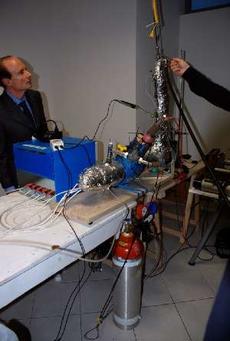
There has been very little mention of the report in mainstream media. This is not a surprise to Frank Acland of E-Cat World, who believes that lab reports are generally not taken up by the mainstream media, in part because there are no products to sell. But some may also remember the damage to media credibility that came from early endorsement of Pons and Fleischmann's Cold Fusion experiments 25 years ago. Despite the fact that their experiments have subsequently been replicated some 17,000 times and the field of LENR is burgeoning across 3 continents, mainstream science, academia and governments have been in denial about cold fusion all this time. All in all this report should be enough to really shake up the scientific world.
There is one significant area in which news of the E-cat may be starting to have an impact for the first time, and that is the oil trading pits. A sharp decline in the price of Brent was observed in the immediate aftermath of the report's release, coinciding with a download of the report by hedge fund Blackrock. If the market assumes E-Cat R&D is proceeding successfully enough for significant (cheap and green) electricity production to be inevitable then oil contracts in the range of 3 to 7 years forward (and beyond) would be vulnerable to weakness.
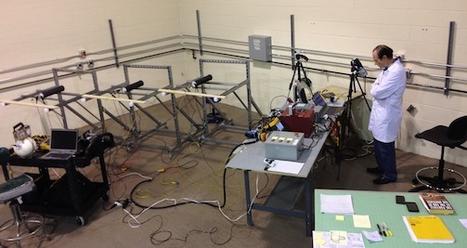 What happens next?
What happens next?
According to the Martin Fleischmann Memorial Project's Facebook page there will be an attempt in the very near future to replicate the recent E-Cat findings. However, Andrea Rossi has stated that there will be no further 3rd party academic tests. Industrial Heat has said very little about its plans since announcing the tie-up with Rossi in January. And there is even some suggestion that the recent report let slip more proprietary information about the E-Cat than was anticipated. We conclude that the media and public therefore may have to rely on Industrial Heat press releases for further information on the E-Cat's progress.
It seems that, with this report, we are indeed moving closer to a period of abundant and low-cost, green energy. Energy costs impact on almost everything so there are huge implications for almost every area of life. We will almost certainly consume more energy in the future than now but there is the potential to solve the problems of water and food scarcity, while significantly ameliorating climate impacts.
We would like to extend our congratulations to Rossi, his team and his investors.
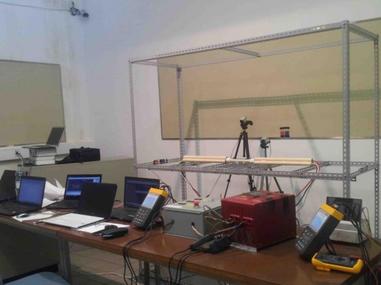 For those of you looking to keep up-to-date with developments and informed comment, the following links may be useful:
For those of you looking to keep up-to-date with developments and informed comment, the following links may be useful:
The authors of the academic report were:
Giuseppe Levi
Bologna University - Bologna, Italy
Evelyn Foschi
Bologna, Italy
Bo Höistad, Roland Pettersson and Lars Tegnér
Uppsala University - Uppsala, Sweden
Hanno Essén
Royal Institute of Technology - Stockholm, Sweden
"The progressive development of man depends on inventions. They are the results of the creative faculties in the human brain. The purpose of these faculties is the dominion of the mind over the material world and the achievement of our ability to channel the forces of nature so as to satisfy the needs of man. Because science is nothing less than a perversion if it does not have as its ultimate aim the improvement of the Human Condition."
(Nikola Tesla)